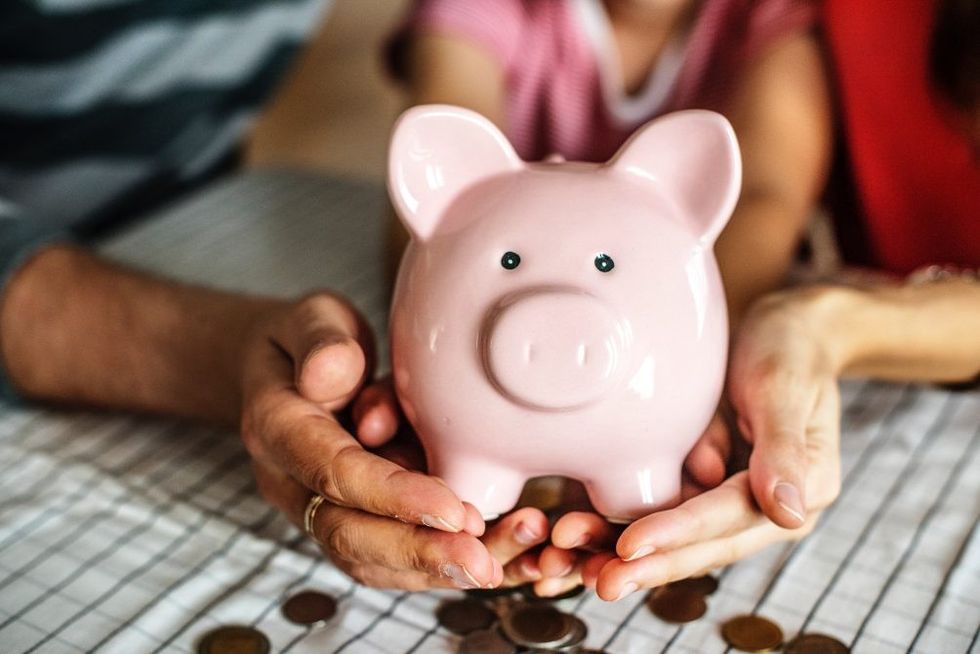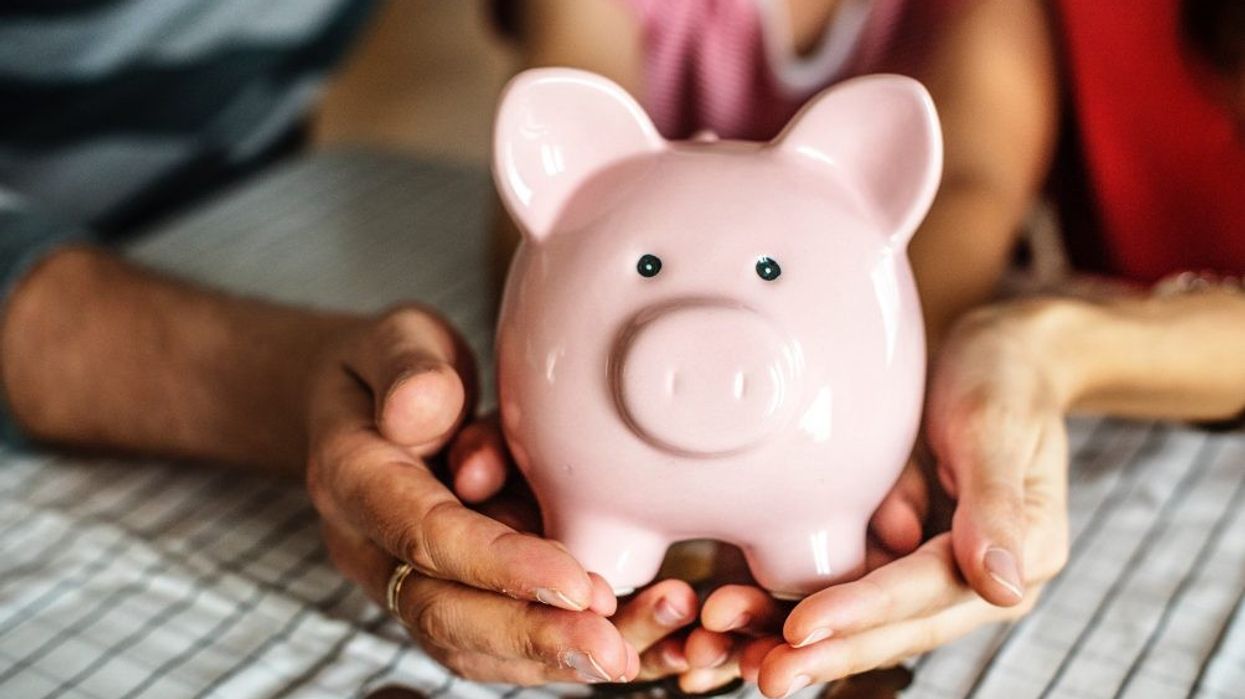
Odds are, you're going to need a mortgage to help you finance a home purchase. After all, it's likely the biggest financial investment you'll ever make in your lifetime, and with the prices of homes in Toronto as high as they are right now, any financial assistance would be a big help.
But just because you take out a mortgage doesn't mean that you won't have any financial responsibility at the forefront. There is still a down payment that you'll have to come up with yourself in order to meet your lender halfway. And saving for a decent-sized down payment can be downright difficult.
Based on the average home price of $750,180 in Toronto (as of December 2018), you'd need a minimum of $37,509 to make a 5 per cent down payment (the minimum required for a high-ratio conventional mortgage).
That's a lot of cash to have to come up with, which is why you need to start saving early and tap into programs and tactics that can help make saving up for a down payment a lot easier.
READ: Ask An Agent: What’s The Most Affordable Way To Enter The Toronto Real Estate Market?
Take Advantage of a First-Time Homebuyers Plan
If you've already started an RRSP account and have been saving money this way, you may be able to tap into your RRSP's in order to help fund your down payment. The federal government has what's known as a "First-Time Homebuyers' Plan" (HBP) that gives first-timers a chance to borrow from their RRSP accounts in order to save up for a down payment.
With this program, you're allowed to borrow up to a limit of $25,000 from your RRSP if it's being used for a down payment without having to pay any taxes on the amount withdrawn. If you're buying a home with another first-time homebuyer — such as a spouse — you can each claim $25,000 from your RRSPs tax-free for a combined total of $50,000.
But after you've borrowed that money, it will need to be fully repaid back into your RRSP account within 15 years. You can pay it back in installments every year, or you can repay in one lump sum on year 15. As long as the funds are repaid after 15 years, you won't have to pay any penalty fees.
READ: Millennials Misjudged: One In Six Has Savings Of 100,000 USD Or More
Don't Put All Your Savings Into an RRSP
We've discussed how your RRSPs can be a great source for funds for a down payment, so why would it be a bad thing to put every dollar you save into an RRSP account?
While saving up an RRSP account is certainly a good thing for future needs — particularly when you retire — putting all your eggs in one basket might not be such a good idea. That's because if you ever need money before you reach retirement age — such as when it comes time to buy a home — all the money you've saved will be tied up.
If you choose to withdraw any funds from your RRSP, they'll be immediately taxed. The biggest reason why Canadians save into an RRSP is to take advantage of the tax shelter that's offered. Rather than paying taxes on these funds, they're shielded from taxes while you save for retirement. But early withdrawal makes the funds taken out subject to taxation.
The rate at which you're taxed will depend on the amount that you withdraw. The tax rate in Ontario is 10 per cent for withdrawals up to $5,000; 20 per cent if the withdrawal amount is anywhere from $5,001 and $15,000; and 30 per cent for withdrawals over $15,000.
If all of your savings are dumped into RRSP account, you won't be able to take that money out without being subject to taxation. This can put a dent in your efforts to save for a down payment. Instead, vary up your savings accounts so you won't have to worry about penalty fees when you're finally ready to use the money you've worked hard to save.
READ: Home Equity Spending Sprees: How HELOCs And Record Debt Are Threatening A Financial Crisis
Look Into a Borrowed Down Payment Program
Under the right circumstances, you might be able to use borrowed funds as part of your down payment amount. Whether you borrow from your credit cards, a personal loan, or your parents, the funds used must go through the proper channels or they won't be eligible for use against a down payment.
Different mortgage insurance firms have their own names for their own borrowed down payment programs. For instance, Genworth Canada has its Borrowed Down Payment program, which helps homebuyers start building equity in their home without slaving to save up for years.
You'll need to qualify for these types of programs, which usually involve the following criteria:
- A credit score of at least 680
- Maximum property value of $1,000,000
- Maximum amortization period of 25 years
- Enough room in your debt-to-income ratio (which is the amount of all your debts relative to your income) to accommodate an added debt in the form of a mortgage
Not all lenders offer these types of programs, so you'll want to shop around for lenders that do.
READ: High Levels Of Household Debt Could Spell Disaster For Toronto and Vancouver
Final Thoughts
With student loans to have to pay off, car payments to make, and credit card debts to manage, it can be a real challenge to save up for a down payment. But luckily, there are a few savvy ways to help you boost your savings and help you come up with a decent down payment when it comes time to take out a mortgage to fund a home purchase.





















